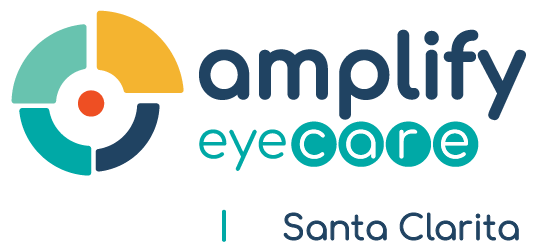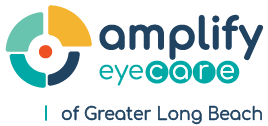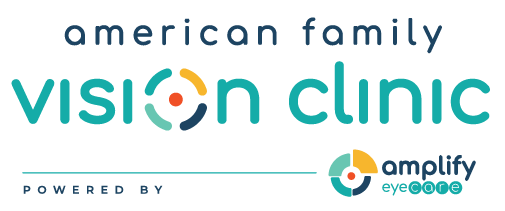To assess the relative integrity of early visual and auditory processes in autism spectrum disorder (ASD), we used frequency-tagged visual and auditory stimulation and high-density electroencephalogram recordings of unimodal and dual-modality responses in a case–control design. To test for the specificity of effects on ASD, we recorded from a smaller group of children with attention-deficit hyperactivity disorder (ADHD). Horizontal 3 cycle per degree (cpd) gratings were presented at 5 Hz, and a random stream of /ba/, /da/, /ga/ syllables was presented at 6 Hz. Grating contrast response functions were measured unimodally and in the presence of a 64-dB auditory input. Auditory response functions were measured unimodally and in the presence of a 40% contrast grating. Children with ASD (n = 34) and ADHD (n = 13) showed a common lack of audio–visual interaction compared to typically developing children (n = 40) when measured at the first harmonic of the visual stimulus frequency. Both patient groups also showed depressed first harmonic responses at low contrast, but the ADHD group had consistently higher first-harmonic responses at high contrast. Children with ASD had a preferential loss of second-harmonic (transient) responses. The alteredtransient responses in ASD are likely to arise very early in the visual pathway and could thus have downstream consequences for many other visual mechanisms and processes. The alteration in audio–visual interaction could be a signature of a comorbid phenotype shared by ASD and ADHD, possibly due to alterations in attentional selection systems.





